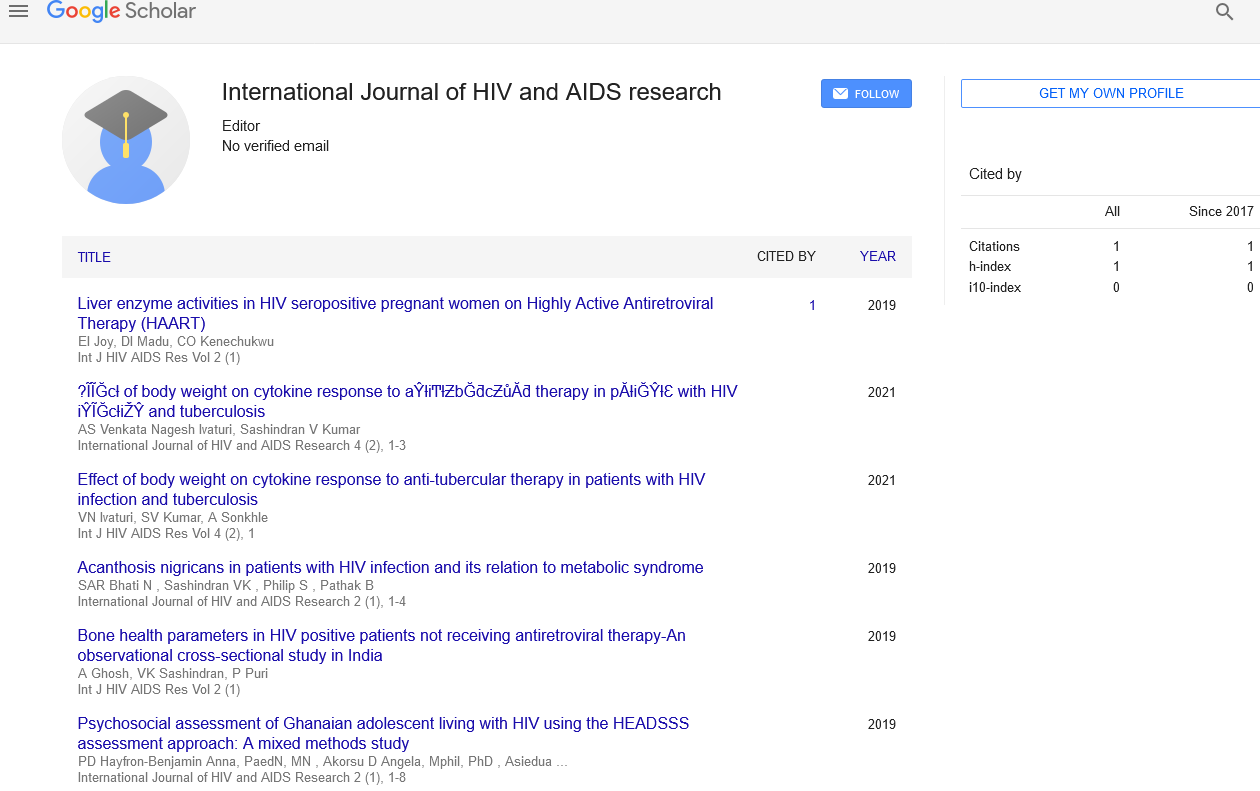
Sign up for email alert when new content gets added: Sign up
Abstract
Nutrition Congress 2020: Snack without regrets: Enzymatic in-situ fortification to simultaneously meet the consumers’ taste expectations and health consciousness- Martina Bluhm- University of Leipzig
Author(s): Martina BluhmEvolution has blessed us with a experience of flavor permitting the joyful intake of culinary delights, where specifically sweet-tasting food products with high sugar content – indicating “no toxicity” -catch our attraction. However, the resulting broadly unfold overconsumption of sugar has turned indulgence into serious health concerns for the human population: more and more humans are impaired via fitness troubles inclusive of overweight, diabetes and cardiovascular diseases. Consequently, customer advisors in addition to politicians call for a massive discount of sugar in processed ingredients and c-LEcta as leading biotechnology employer dedicated to the development of enzyme cascades and cell-unfastened biosynthesis tactics this problem with revolutionary ideas: We have created proven concepts for the enzymatic in-situ conversion of essential sugars like fructose, glucose and saccharose into greater precious saccharides whilst – most importantly - preserving taste and texture. By such treatment, food with added blessings including much less sugar, lower calorie remembers and reduced glycemic index may be produced. The methods are especially relevant for raw materials with a naturally high content of sugar like fruit juices and thereby are not best an alternative to excessive depth sweeteners but offer a solution for a so far hardly ever addressable technical challenge. Intended for use by meals service employees and management, dietitians, college teachers, students, and researchers, this catalog lists a wide sort of instructional resource substances inside the regions of nutrition, fitness education, cooking, and meals offerings management. In addition, genetic abilities for riboflavin biosynthesis with the aid of lactic acid bacteria are discussed. Genetically changed strains by using genetic engineering and chemical analogues were evolved to enhance riboflavin production. The present review tries to accumulate the currently to be had statistics on riboflavin production by means of microbes in general, whilst placing greater emphasis on food grade lactic acid bacteria and human gut commensals. Moreover, eliminating the in-situ diet fortification step will decrease the cost of food production. Although humans and animals lack the potential to synthesize maximum of the vitamins, microorganism have inherent ability to provide those metabolites. With contemporary lifestyle, consumers are becoming more fitness conscious and discerned in their food choices. In this kind of situation, riboflavinâ€ÂÂoffering LAB offer a clean gain over chemical synthesis through growing the nutritional price of food. The riboflavin biosynthesis in bacteria turned into analysed the usage of comparative analysis of genes, operons and regulatory elements. Chemical synthesis of a diet is being replaced by fermentation processes due to financial and environmental considerations of the latter. Besides the monetary advantages, additional blessings of the microbial synthesis include the use of renewable sources, environmentalâ€ÂÂfriendly approach and superior nice of the final. version for law of riboflavin biosynthesis is primarily based at the formation of opportunity RNA structure regarding the RFN element (a mononucleotide riboswitch is surprisingly conserved RNA element this is discovered frequently inside the 5′ untranslated location of prokaryotic mRNA that encodes for FMN biosynthesis and shipping proteins that is utilized in a later step (lumazine synthase). The 2d and 1/3 enzymatic steps (deamination of the pyrimidine ring of structure and the subsequent discount of the ribosyl sideâ€ÂÂchain) are controlled by way of some other biâ€ÂÂpractical enzyme encoded by means of the first gene of the operon ribG The penultimate step in riboflavin biosynthesis, is catalysed by means of lumazine synthase, the fabricated from the closing rib gene, ribHSo far, records available on entire genomes of numerous microbes has made it clean that riboflavinâ€ÂÂproducing ability is identified to be strain or subspecies specific. Thus, it may be an attractive technique to bioprospect prolific riboflavinâ€ÂÂproducing traces from their diversified natural niche and further decorate their capacity to provide this important vitamin with the aid of microbiological and biotechnological interventions. The enzymes required for riboflavin biosynthesis can be completely or partially absent in numerous to be had genomes of microbes; nevertheless, the behaviour of more than one coexisting microbial species suggests the opportunity of de novo synthesis of riboflavin.




